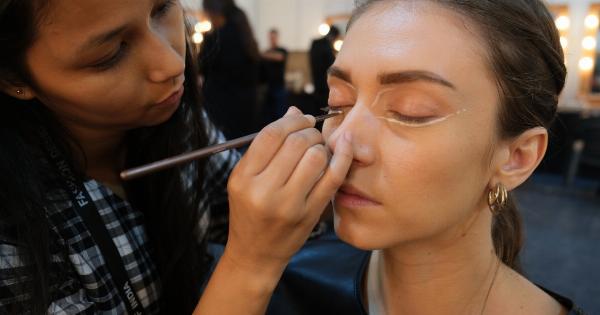Throughout history, humans have been fascinated by the concept of beauty. We base our judgments of attractiveness on a variety of factors, including facial features.
But what exactly makes a face attractive? Is it symmetry, certain proportions, or something else entirely? In recent years, scientists have delved deeper into the study of facial attractiveness and have uncovered some intriguing findings. This article explores the science behind attractive faces and sheds light on the factors that make certain faces more appealing than others.
The Golden Ratio
One of the key principles underlying facial attractiveness is the golden ratio. This mathematical concept involves certain proportions that are considered visually pleasing.
In the context of faces, the golden ratio suggests that certain facial features should be in specific ratios to one another. For instance, the ideal distance between the eyes should be approximately 46% of the face’s width, while the distance between the eyes and mouth should be around 36% of the face’s length.
Symmetry Matters
Symmetry is another important factor in determining facial attractiveness. Numerous studies have found that individuals with more symmetrical faces are generally perceived as more attractive.
This is because facial symmetry is an indicator of good genetic health and development. It suggests that an individual has faced fewer developmental disturbances or genetic mutations during their growth, making them a more desirable mate.
The Role of Facial Features
Several specific facial features have been found to contribute significantly to overall attractiveness. One of the most notable is the eyes.
Large, wide-set eyes with clear sclera and well-defined limbal rings are believed to be more appealing to both men and women. Additionally, long eyelashes and well-shaped eyebrows enhance the attractiveness of the eyes.
The shape and proportion of the nose also play a crucial role. Research suggests that noses with a 1:1.6 ratio (length to width) are generally considered more attractive.
This ratio is particularly prevalent in many famous artworks throughout history, suggesting its cross-cultural appeal.
When it comes to the mouth, full and symmetrical lips are often associated with attractiveness. Plumpness and a well-defined cupid’s bow contribute to the perception of facial beauty.
Similarly, a well-defined jawline, high cheekbones, and a proportional chin are important factors that affect the attractiveness of the face.
Evolutionary Factors
Why are certain facial features universally perceived as attractive? Evolutionary psychologists argue that our preference for certain facial traits stems from our ancestors’ mating choices.
For example, symmetrical faces may indicate genetic fitness, while facial indicators of good overall health and reproductive capabilities can be considered attractive. This theory suggests that our preferences for specific facial features have been shaped by thousands of years of human evolution.
Social Influences on Attractiveness
In addition to biological factors, societal standards of beauty also influence our perception of facial attractiveness. Cultural backgrounds, upbringing, media exposure, and personal experiences contribute to the shaping of individual preferences.
Pop culture, film, and media play a significant role in defining what is considered attractive in a given society or time period.
It’s important to acknowledge that standards of attractiveness vary across cultures. What may be deemed attractive in one culture could be perceived differently in another.
Despite these cultural differences, certain facial features remain consistently attractive across various populations, indicating a potential biological basis.
The Future of Attractiveness Research
Advancements in technology have allowed researchers to delve deeper into the science of facial attractiveness.
With facial recognition software and computer algorithms, scientists can identify and quantify specific facial features that contribute to attractiveness. This objective approach enables a better understanding of the underlying principles and helps identify commonalities across different cultures and populations.
The field of attractiveness research continues to evolve, and ongoing studies aim to uncover more about the intricacies of facial attractiveness.
By unraveling the science behind the attractiveness of faces, scientists hope to gain valuable insights into human behavior, evolutionary psychology, and our perception of beauty.































